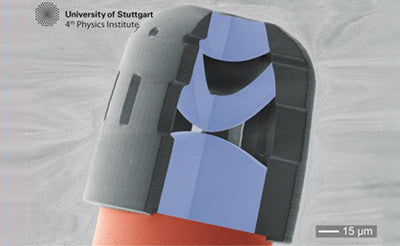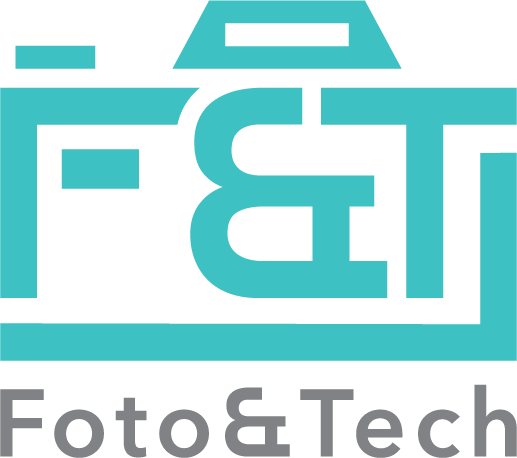World’s Tiniest Lens - 3D Printed & Twice The Width of A Human Hair

The world’s tiniest lens created by 3D printing is only twice the width of a human hair. Its makers claim the lens could lead to cameras the size of a grain of salt. It can be revolutionizing for a variety of applications including endoscopes for medical imaging, clandestine surveillance, robotics, and drone technology.

A research team at the University of Stuttgart 3D printed a minuscule triple lens devices by combining three of the lenses into a 'pinhead' device. The paper was published on Nature Photonics on June 27, 2016. The ‘pinhead’ device is capable of razor sharp pictures and can be printed directly onto image sensors other than optical fibers, such as those used in digital cameras, or even the tip of an endoscope allowing internal examination of organs. This technology could also be deployed in virtually invisible security monitors, or bee-sized robots with "autonomous vision".
The new lens-manufacturing technique is called two-photon direct laser writing. A pulsed red femtosecond laser – with 780 nm wavelength and pulses shorter than 100 fs is focused using a scanner on to a liquid photoresist under a microscope. The laser beam is absorbed by the polymer, which hardens it forming an optical element. The accuracy is sub-micrometer and allows for the creation of spherical lenses as well as parabaloids and aspheres.
"This is a giant leap forward for optics, which allows for accurate and reliable manufacturing at sizes about one order of magnitude smaller than before," says Gissibl. The micro-lens systems are only 125 μm wide – barely larger than the width of a human hair – and 200 μm long, but the optical performance is similar to conventional microscope objectives, or compound photographic lenses.
Tests showed that objects 3 mm from the lens were successfully reproduced at the other end of a tube up to 1.7 meters (5.6 ft) in length. It means the camera can focus at a distance of 3mm and send back images over the attached optical fiber cable. The 'imaging system' is thin enough to pass through a typical syringe needle, allowing for minimal invasive delivery into a human organ, or even the brain.

A tiny lens on the tip of an optic fiber through a needle
"Endoscopic applications will allow for non-invasive and non-destructive examination of small objects in the medical as well as the industrial sector," they wrote.
Dr Gissibl added, “The unprecedented flexibility of our method paves the way towards printed optical miniature instruments such as endoscopes, fibre-imaging systems for cell biology, new illumination systems, miniature optical fibre traps, integrated quantum emitters and detectors, and miniature drones and robots with autonomous vision.”
Related article: The Most Expensive Lens with Unbelievable Size









